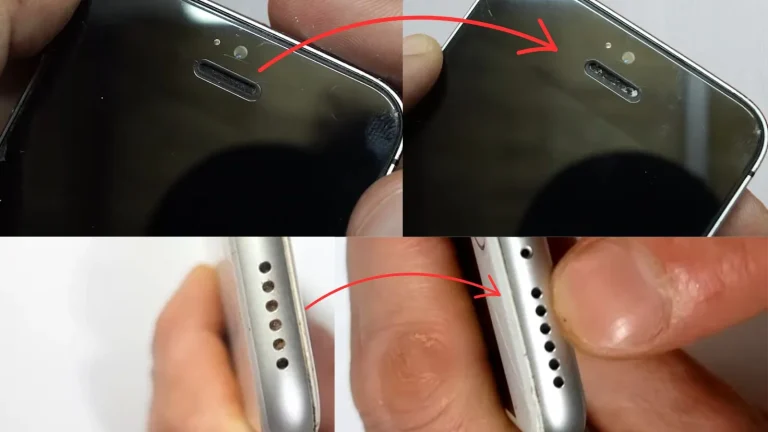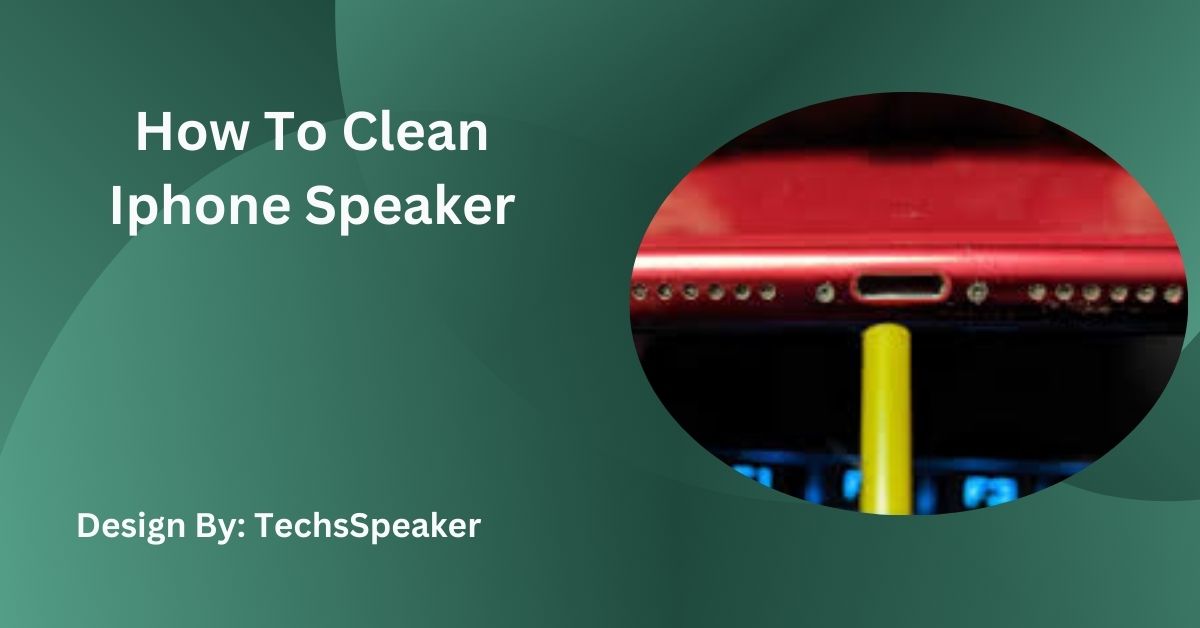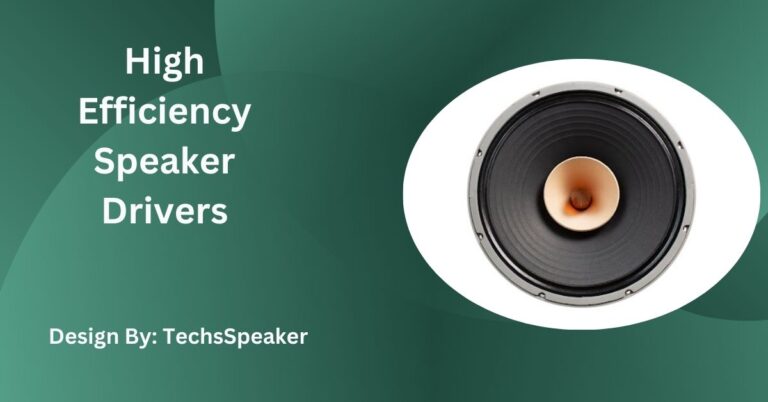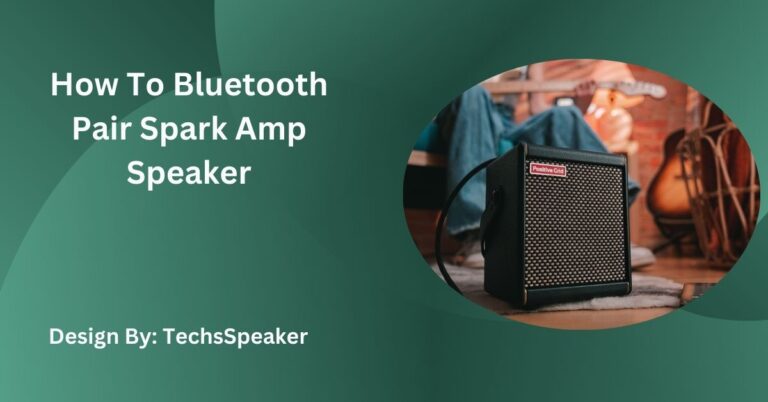How To Clean Iphone Speaker – Troubleshooting Guide!
Regularly cleaning your iPhone speaker prevents sound quality issues caused by dust and debris buildup. Follow a careful step-by-step process using soft brushes, compressed air, and isopropyl alcohol for best results.
In a world where smartphones are our go-to devices for almost everything—from communication to entertainment—it’s essential to ensure that all their features work optimally. One often-overlooked component is the speaker.
Over time, dust, dirt, and debris can accumulate in your iPhone’s speaker, affecting sound quality and performance. Regular cleaning is crucial to maintaining the clear, crisp audio you expect from your device.
In this article, we will explore why regular cleaning is vital, provide a step-by-step guide for safely cleaning your iPhone speaker, recommend tools and materials, highlight common mistakes to avoid, and advise on how frequently you should clean your speaker.
Importance of Regular Cleaning:
Your iPhone speaker is an essential part of your device, responsible for outputting sound during calls, playing music, and giving notifications. However, like any other component, it is susceptible to accumulating dirt and grime over time. This buildup can muffle sound, reduce clarity, and even lead to long-term damage if not addressed.
Regular cleaning helps:
- Maintain Sound Quality: Clearing away obstructions ensures your speaker produces clear and precise audio.
- Extend Device Longevity: Regular maintenance can prevent issues that might require repairs or replacements.
- Improve User Experience: Optimal sound quality enhances your overall experience, whether you’re on a call, watching a video, or using a voice assistant.
Step-by-Step Guide for Safely Cleaning an iPhone Speaker:

Cleaning your iPhone speaker requires patience and care. Here’s how to do it safely:
Step 1: Power Off Your Device
Before you begin, turn off your iPhone to prevent any accidental touches or damage during cleaning.
Step 2: Gather Necessary Tools
You will need:
- A soft-bristled brush or a small, unused paintbrush
- A can of compressed air (optional)
- Microfiber cloth
- Isopropyl alcohol (70% or less)
Step 3: Gently Brush the Speaker
Using a soft-bristled brush, gently sweep across the speaker grill to dislodge any loose dirt or debris. Avoid pressing too hard, as this can push dirt further into the speaker.
Step 4: Use Compressed Air Sparingly
If available, use compressed air to blow out any remaining particles. Hold the can upright and spray in short bursts from a safe distance to avoid damaging the speaker.
Step 5: Wipe with a Microfiber Cloth
Lightly dampen a microfiber cloth with isopropyl alcohol and gently wipe around the speaker area. Take care not to get any liquid inside the speaker.
Step 6: Allow to Dry
Allow your iPhone to sit and air dry for a few minutes before turning it back on. This ensures any residual moisture has evaporated.
Recommended Tools and Materials for Effective Cleaning:
The right tools can make all the difference when cleaning your iPhone speaker:
- Soft-bristled Brush: Ideal for removing surface dirt without scratching.
- Compressed Air: Useful for dislodging particles lodged deeper within the speaker.
- Microfiber Cloth: Gentle on surfaces and effective at picking up dust.
- Isopropyl Alcohol (70% or less): Helps to sanitize and clean without leaving residue.
Also Read: How Many Front Door Speaker Fit In A Trailblazer Is?
Troubleshooting Common Sound Issues:
Even with regular cleaning, you may encounter sound issues with your iPhone speaker. These can be due to software glitches, settings misconfigurations, or hardware problems. It’s important to verify that the sound settings on your device are properly configured and to ensure that any updates or patches have been installed.
If issues persist after cleaning and checking settings, consulting Apple support or a certified repair professional can provide additional guidance and potentially address underlying issues.
Professional Cleaning Services vs. DIY:

For individuals who prefer not to clean their iPhone speakers themselves or are uncomfortable handling delicate electronics, professional cleaning services are a valuable option. Service providers equipped with specialized tools and expertise can ensure that your device is maintained without risk of damage.
Conversely, a DIY approach, when done with care using the right tools, can be just as effective and offers the convenience of being able to clean your device when needed.
Weighing the pros and cons of each option according to your comfort level and the condition of your device will help you make the best choice for maintaining optimal performance.
Common Mistakes to Avoid:
Cleaning an iPhone speaker requires precision and care. Here are common mistakes to avoid:
- Avoid Using Water: Water can seep into the device and cause internal damage. Always use isopropyl alcohol, which evaporates quickly.
- Don’t Use Sharp Objects: Items like toothpicks or needles can damage the speaker grill or push dirt further inside.
- Avoid Excessive Force: Be gentle when brushing or wiping to avoid damaging the sensitive components of the speaker.
How Often Should You Clean Your Speaker?
The frequency of cleaning depends on your usage and environment. Generally, cleaning your iPhone speaker every 3-4 months is advisable. If you frequently use your phone outdoors or in dusty environments, consider cleaning it more regularly.
FAQs:
1. Why is my iPhone speaker sound muffled?
Your iPhone speaker sound may be muffled due to dust, dirt, or debris accumulation. Regular cleaning can help maintain clear and precise audio quality.
2. What tools do I need to clean my iPhone speaker?
You need a soft-bristled brush, compressed air, a microfiber cloth, and isopropyl alcohol (70% or less) for effective and safe cleaning of your iPhone speaker.
3. How often should I clean my iPhone speaker?
Clean your iPhone speaker every 3-4 months, or more frequently if you use your phone in dusty environments, to ensure optimal sound quality and device longevity.
4. Can I use water to clean my iPhone speaker?
No, avoid using water as it can seep into the device and cause damage. Use isopropyl alcohol, which evaporates quickly and safely cleans the speaker.
5. What should I do if my iPhone speaker still has issues after cleaning?
If sound issues persist after cleaning, check your device’s sound settings and updates. If problems continue, consult Apple support or a certified repair professional for further assistance.
Conclusion:
Regular cleaning of your iPhone speaker is essential for maintaining clear and crisp audio. By following a careful cleaning process using appropriate tools, you can prevent sound issues caused by dust and debris buildup. Whether you opt for DIY cleaning or professional services, maintaining your iPhone speaker ensures a better user experience and extends the device’s longevity. Regular maintenance every few months keeps your iPhone performing at its best.






